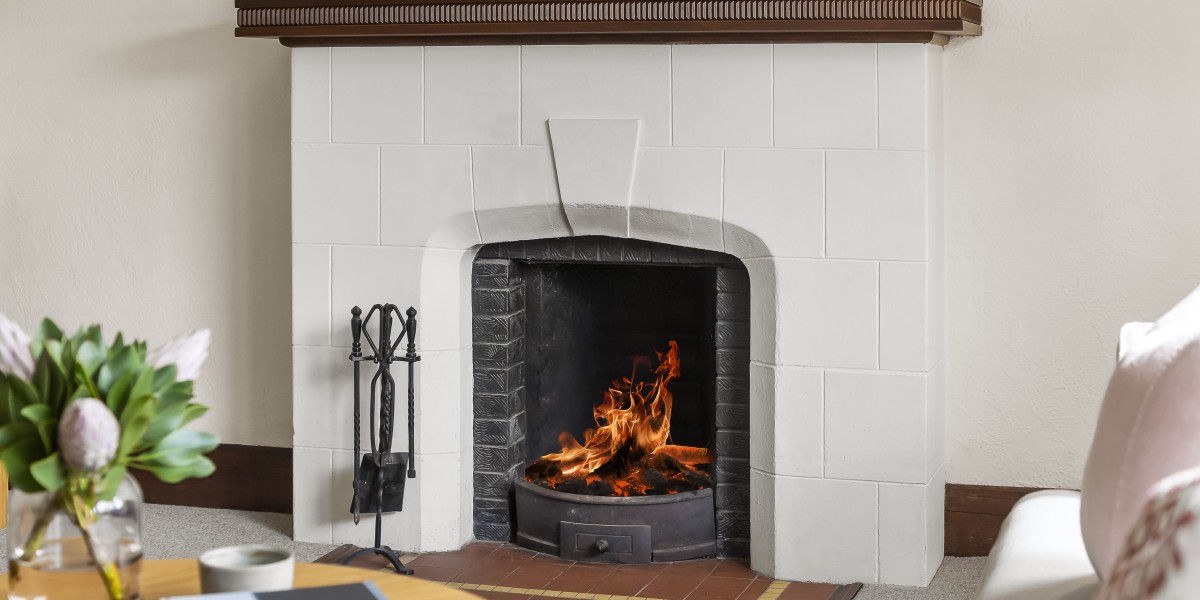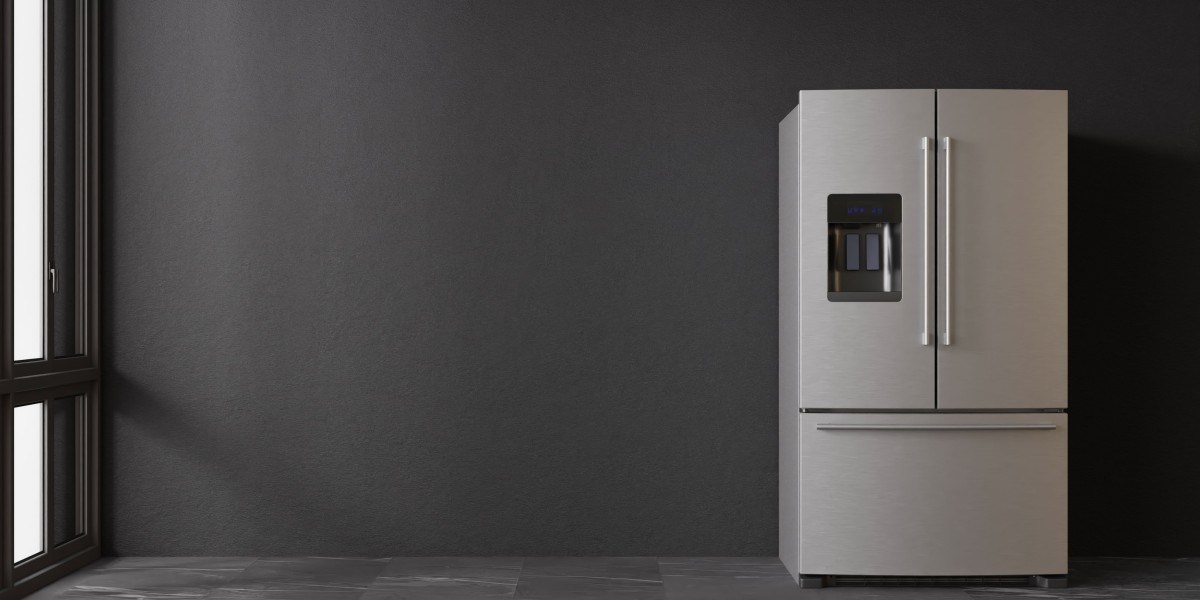Wood stoves, in contrast to traditional open fireplaces, are designed to use wood for combustion. This allows them to meet tighter emissions regulations.
 Wood burning stoves are renowned for their warm, yellow flames that dance, crackling sounds, and that primordial sensation of warmth. However the smoke they release contains carbon monoxide and toxic air pollutants such as formaldehyde, benzene and polycyclic aromatic hydrocarbons.
Wood burning stoves are renowned for their warm, yellow flames that dance, crackling sounds, and that primordial sensation of warmth. However the smoke they release contains carbon monoxide and toxic air pollutants such as formaldehyde, benzene and polycyclic aromatic hydrocarbons.Efficient
Fireplaces and stoves that burn wood provide a beautiful and natural heat source to the home, but they are also incredibly efficient. A quality wood stove can achieve an Ecodesign rating of up to 77%. With the rising cost of energy, it is essential to make sure you are getting the maximum value from your log stove - the good news is that it's much easier than ever!
The amount of moisture in wood is one of the main factors that determines how efficient a wood-burning stove is. We recommend using only well-seasoned wood that has been dried for at least one year and often two years. The drier the wood the more efficiently it burns, which means less smoke and less harmful emissions.
Another benefit of a wood-burning stove is that it's a low carbon source of fuel, which is great for the environment. Furthermore, by buying locally-sourced firewood, you are aiding in the active management of woodlands which is a wonderful thing for wildlife.
As far as maintenance is concerned, the only requirement of a wood burner is to frequently scoop up and dispose of the ash. This can be a bit of a nuisance, but is well worth it in order to ensure you get the maximum heat from each and every log. If you allow the ashes 2-3 days to cool completely They can also be used as a non-toxic and green melt of ice. They can be used to polish jewelry and absorb odors.
A wood-burning fireplace is a timeless classic. Although they are less popular than gas fireplaces, the appeal and appeal of a fire that is roaring can't be ignored. These fires are great for snuggling in on cold winter nights, and they create a warm and welcoming area in your home. Making the investment in a top-quality wood stove will pay off for a long time. Our expert chimney sweeps are on hand to assist you in getting the most from your stove - give us a call now to learn more.
Low Carbon
Wood burners that are efficient and clean are the best way to save money while keeping your home warm. They also help local woodland management. This is a great option to help wildlife in your local area.
Wood-burning fireplaces and stoves create very little pollution if they are properly maintained and are used with dry, seasoned and dry firewood. When they are not properly maintained or use wood of poor quality, the smoke that is produced is a result of fine particles, commonly referred to as particulate pollution that can cause irritation to the lungs and other body organs. Carbon monoxide, toxic air pollutants such as benzene and formaldehyde and polycyclic aromatic hydrocarbons are also in the. Inhaling air pollution can cause irritation of the lung and trigger asthma attacks wheezing, coughing, and lung irritation. It may also cause heart disease, cancer or premature death.
Some people are worried that wood-burning stoves can cause climate change However, this isn't true. Wood burning is a carbon neutral energy source. The wood absorbs carbon dioxide throughout its lifetime. When burned, the carbon is released into the atmosphere.
Since the wood is sourced locally this decreases the amount of pollution emitted when it is transported. It is also essential to select top quality woods that are seasoned and seasoned as they will have an extended and even burn than softwoods.
Modern, EPA certified wood stoves and heaters (such as those made by Charlton & Jenrick) have significantly lower emissions than older stoves. They have been tested and certified to meet the 2020 EPA standards which are much more strict than previous emissions limits.
To avoid a build up of exhaust in your home, all wood burning stoves should be vented to the outside. By keeping the flames in the vicinity of the logs and making sure you make use of dry, seasoned wood, all our current clean burn and DEFRA exempt stoves produce very clear exhaust. They also have particulate levels that are 60% or more below the DEFRA limit.
A wood-burning stove with a catalytic converter can provide the best low carbon heating option. These units ignite gasses and particles that were ignited during the initial combustion in a second phase by mixing them superheated air. The remaining gases and particulates are transported through a catalytic combustion unit for a final third combustion. This reduces emissions to levels that are below government standards.
Clean Burn
Cleanburn wood stoves are engineered to burn fuel with the greatest efficiency possible. This results in minimal particles emitted into the atmosphere when burning wood. The stove's air management system controls the intake and venting of gases, ensuring the combustion process occurs in a closed, controlled atmosphere. It also regulates the flame height to reduce emissions and maximize heat output.
This means that your chimney and the surrounding area will be cleaner than older stoves. Particulate matter, also known as particle pollution, is a result of incompletely burned wood can cause respiratory issues, like coughing and wheezing, and contribute to heart disease, stroke, diabetes, and other serious conditions. Air pollution from wood burning is also an important factor in poor urban air quality.
The smoke that is emitted from poorly combusted wood is a mixture of fine particulate pollution and hazardous air pollutants, including carbon monoxide volatile organic compounds nitrogen oxides, benzene, formaldehyde, and polycyclic aromatic hydrocarbons. These particles can penetrate deep into the lungs, as well as other organs, causing discomfort and injury, and even death. Dust particles from the air can also cause a hazard to surfaces in your home with a smudge-like sensation.
It's important to use only top quality, seasoned, and dried firewood when you use your wood burner fireplace. Hardwoods like oak beech, ash and are the best choice for heating. Hardwoods are extremely dense and have higher BTU content than softwoods. They also provide more heat.
You should also determine if your local authority has any regulations regarding wood burning. These rules may include rules on odors and nuisances and visible smoke emissions or smoke opacity restrictions.
If you have a wood stove with a glass door it is essential to keep the glass clean of deposits and grime. You can use a dry cloth or oven cleaner spray to accomplish this. Alternatively, you can add bicarbonate of soda with a bit of water to the glass.
Regular maintenance is crucial for your stove and chimney. This includes regular chimney cleanings to remove creosote and ensure the proper functioning of your flue. It is also important to mark the dates for periodic inspections on your calendar. This will allow you to avoid costly repairs and prolong your wood burner's life.
Low Maintenance
Wood burning fireplaces are very popular due to their natural warmth. However, this kind of fire requires a bit of upkeep and maintenance. The chimney, flue, and stove are all potential sources of house fires if they are not maintained and cleaned regularly. Fireplaces are also an excellent source of heat when the power goes out, especially in winter when snow storms can cause branches of trees to fall and rip up power lines.
 When you use a wood stove to heat your home, you'll be able to reduce your carbon footprint when compared to other fossil sources of fuel like gas. Modern wood stoves and inserts are designed to comply with EPA (Environmental Protection Agency) standards which mean they emit very little carbon dioxide. The more seasoned wood you use, the more efficient the stove will be. You'll need less wood to generate the same heat.
When you use a wood stove to heat your home, you'll be able to reduce your carbon footprint when compared to other fossil sources of fuel like gas. Modern wood stoves and inserts are designed to comply with EPA (Environmental Protection Agency) standards which mean they emit very little carbon dioxide. The more seasoned wood you use, the more efficient the stove will be. You'll need less wood to generate the same heat.The fireplaces need some care and maintenance. They should be placed away from combustible material and have a screen installed. Cleaning the grate of ash and debris will help air flow, which will prevent the fire from dying out quickly. It will also help keep your home clean. You should have your chimney and stove swept at least once a year to prevent the build-up of creosote which could create an extremely dangerous fire hazard as well as a clog that can restrict circulation.
It could take a while for a new homeowner to learn how to light, ignite and maintain a constant fire in the fireplace. Once you've achieved the art of creating and maintaining a fire in your wood burner, it will be a source of constant enjoyment that provides heat and warmth for your home every year.
Fireplaces that burn wood have been around in some form or another for nearly 500 years, and they've gained a new following due to their effectiveness as well as their sustainability and natural warmth and aroma of real wood. Talk to your local Regency dealer about the benefits of wood stoves or inserts for your home if you're looking to purchase an upgrade to your heater.








